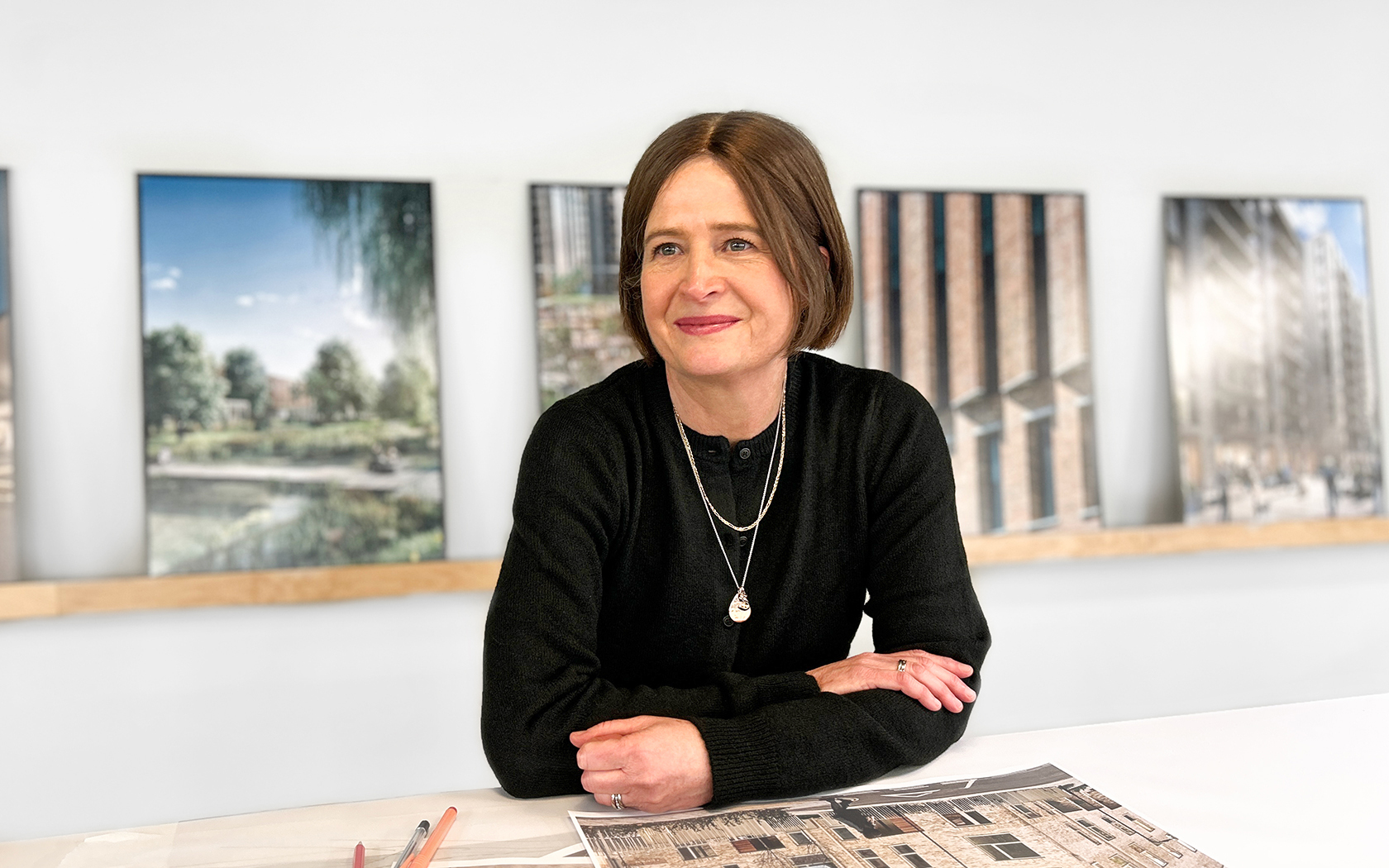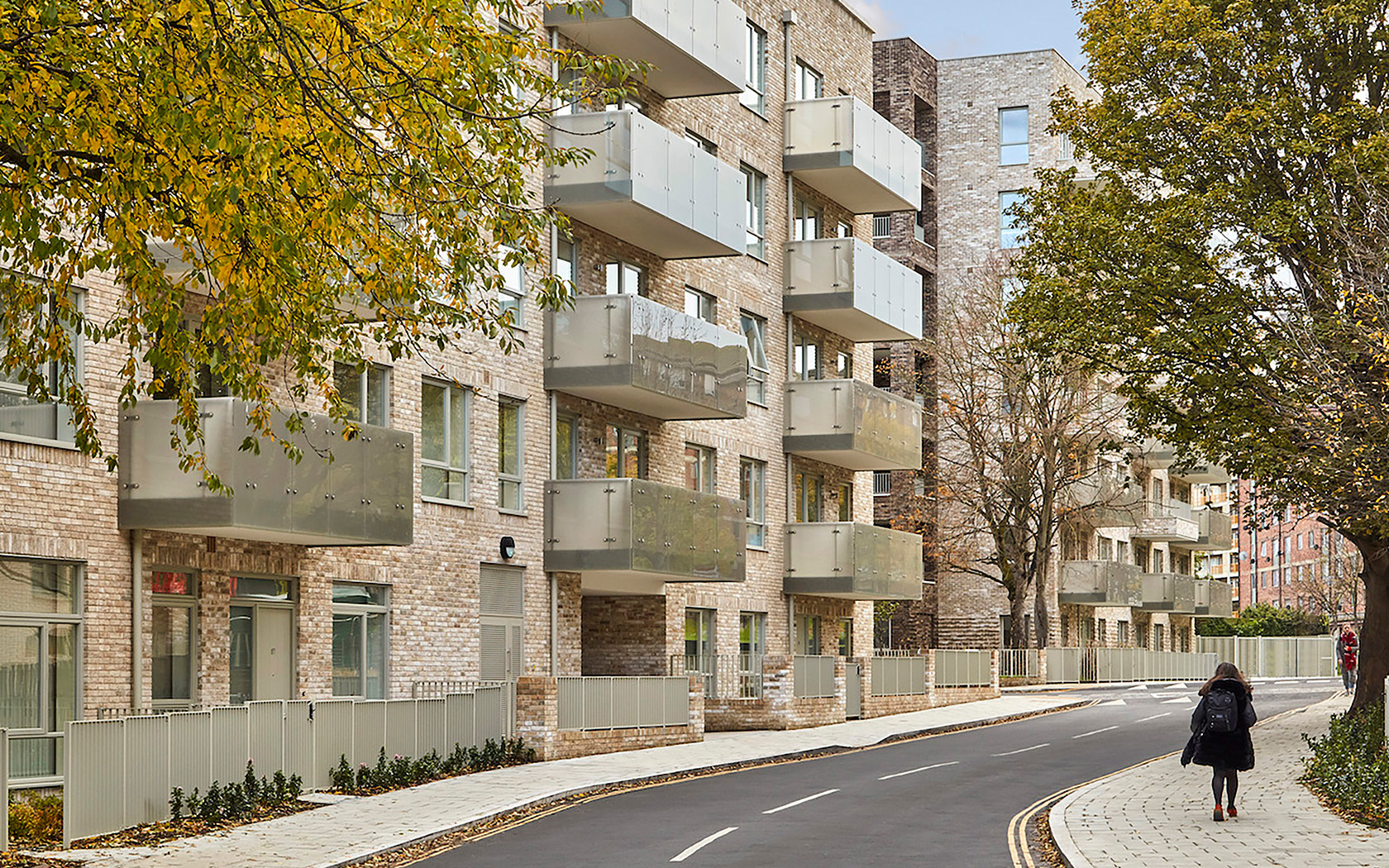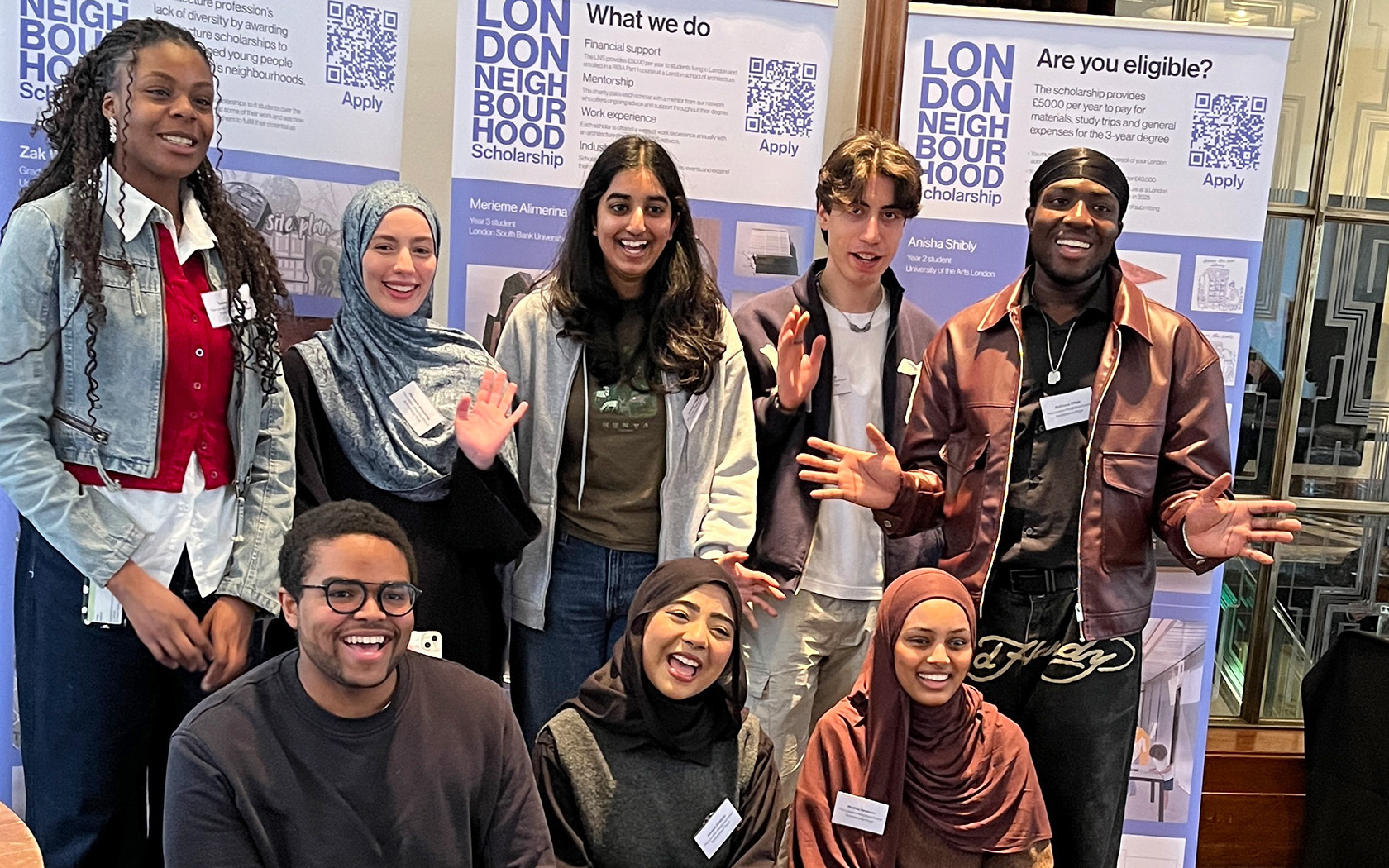It was down to us to carve out the time to learn about the place by talking to the people. At the time, only 20% of existing residents wanted to stay on the estate. It was known as a ‘sink’ estate, and residents were deeply sceptical of our aspirations to transform it into a connected neighbourhood with streets, community gardens, and a front door for every home.

I recall a day I spent in a vast, ten-storey estate building with close to a hundred homes. We started on the top floor and knocked on every door as we made our way down. About 70% of these knocks resulted in a door opening and a conversation taking place—most often with a woman. I remember thinking at the time that the women were the real voice of this estate. I also recall how deeply embedded the stereotype of ‘women at home looking after the kids’ was in this place. This was not a community of women who felt empowered to push career boundaries or stake their claim on a fair future.
But a few women began to make their mark. Regeneration presented an opportunity to make a difference, and the Acton Gardens project created roles for local people to get involved. One particular woman—a single mother, probably with too much on her plate—stepped up to represent the estate community and became the chair of the Acton Gardens Community Board. I caught up with her in 2016, a few years into the project. This is what she told me:
“I’ve been living on the estate since 1997. I am a single mum and work full time helping children with additional needs at school. I have four children. My oldest is 20 and my youngest is eight, and they all live with me. We used to live in a two-bedroom flat in Caine House. It was absolutely awful even though the people who lived there were actually quite nice. People just came in and used it as a place to hang out. And they would sell drugs because no one was watching them.
Our new home is absolutely brilliant. The kids have their own rooms except for the two younger ones who share. We’ve got a balcony and an even bigger communal garden where kids can meet up and play and make new friends. They are out there every day sometimes, either in the park or the communal garden. It’s great.
I really like what’s happening now. I’m meeting new people who have moved in, and they want to know what the estate used to be like. They are shocked when I tell them—they can’t believe it. And the people who have been here for a long time – they see the changes, they see it’s changing for the better.”

I hope this incredible woman knows that it’s because of people like her that the place is changing for the better. It’s easy to assume women have more time for community involvement than men, but in reality, they are there because they are deeply invested in the success of the place and the community. They make the time. Women are often the driving force behind a regeneration project. If the designs and proposals work for the women and their children, they are likely to work for the place as a whole.
To truly engage women from disadvantaged communities, a regeneration project must go beyond viewing ‘consultation’ as a tick-box exercise and actively create space for their voices. Many women, for instance, may feel uncomfortable speaking in mixed-gender groups, and cultural or religious norms can influence their participation. Specially convened, women-only focus groups can provide a platform for them to share their views more openly, giving designers valuable insights into the unique needs of the community.
Another significant issue is when professional teams don’t reflect the communities they’re working with, making the process feel imposed and disconnected. How do we address this without curating teams to merely ‘look’ right? I’ve always believed that the solution lies in increasing diversity within the built environment profession. That’s why I founded the London Neighbourhood Scholarship Trust (LNS) – to support young people, especially those from underrepresented backgrounds, who aspire to careers in architecture.
We begin by supporting eighteen-year-olds who face greater challenges in navigating a degree in architecture, with all its demands on time, materials, and study trips. We focus on young people from marginalised communities, particularly young women who are determined to prove they belong in the profession, despite the odds.

Since 2021, the LNS has awarded eight scholarships to young people from London’s neighbourhoods. This year, thanks to the generous support and partnership of Clarion’s William Sutton Prize, we will offer this opportunity to at least three more.
Five of the current LNS scholars are young women. Their voices and experiences are essential in shaping the future of regeneration, ensuring that projects reflect the real needs, hopes, and aspirations of the communities they serve.
As these talented young women and men progress through their careers, they will shape the places of tomorrow. They are already showing great promise—and they remind us of an essential truth: when we design for women, we design for the future. Their voices, contributions, and aspirations will help create places where everyone feels they belong.
Because if it works for the women, it works for the place.